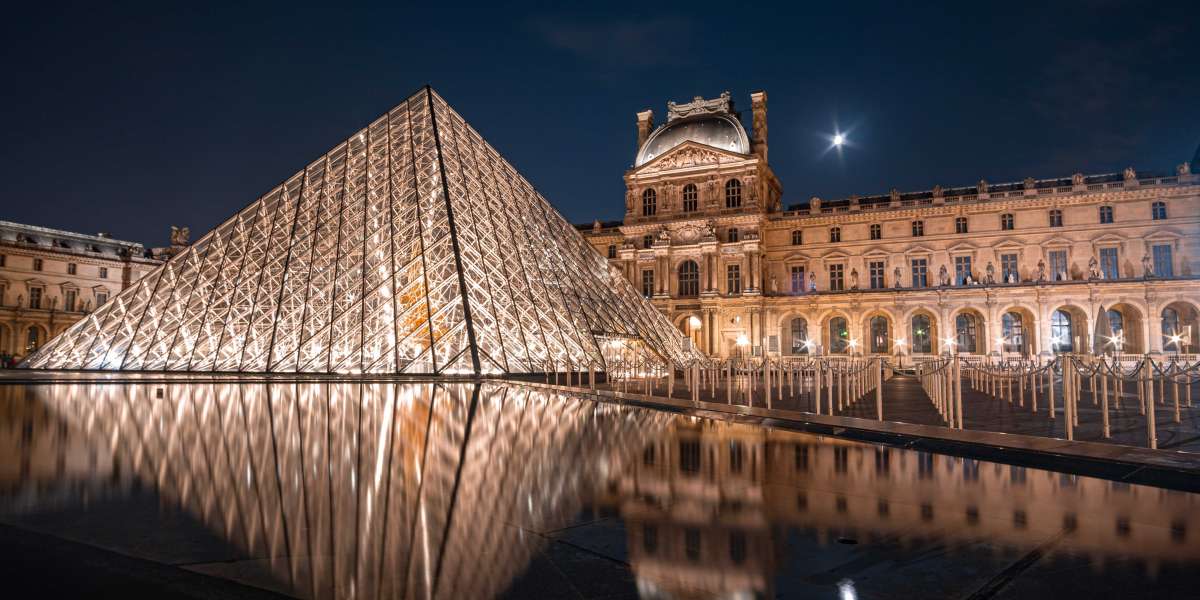Introduction
The Louvre Museum, located in the heart of Paris, is one of the most iconic art institutions in the world. Home to thousands of artworks, it's a must-visit destination for art enthusiasts and history buffs alike. While many are familiar with its famous pyramid entrance and Mona Lisa, there are several intriguing facets of the Louvre that often go unnoticed. In this article, we'll uncover six things you may not know about the Louvre Museum Tour.
The Louvre Spans Centuries of Artistic Expression
While the Louvre is renowned for its extensive collection of European paintings, including masterpieces by da Vinci and Rembrandt, it also boasts an impressive array of artworks from various cultures and time periods. From Egyptian antiquities to Islamic art, the Louvre is a true testament to the diversity of human creativity throughout history.
A Royal History
Before it became a museum, the Louvre was originally built as a fortress in the late 12th century. It later evolved into a royal palace under the reign of King Philippe Auguste. The Louvre continued to serve as a royal residence until Louis XIV, who moved the court to Versailles. It wasn't until the French Revolution in the late 18th century that the Louvre was transformed into a public museum.
The Enigmatic Mona Lisa
While the Mona Lisa is undoubtedly the Louvre's most famous resident, many visitors are surprised to discover just how small the painting actually is. Measuring only 30 by 21 inches, this masterpiece by Leonardo da Vinci captivates viewers with its mysterious smile and intricate details. It's also housed in a climate-controlled, bulletproof glass case to protect it from damage.
The Louvre's Underground Palace
Beneath the glass pyramid entrance lies a subterranean wonder: the Carrousel du Louvre shopping mall. This underground complex features an array of shops, restaurants, and even a small cinema. It provides a stark contrast to the classical architecture above ground and is a unique addition to the Louvre experience.
The Louvre at Night
While the Louvre is an incredible experience during the day, it takes on an entirely different character at night. The museum hosts special evening openings, allowing visitors to explore the galleries after sunset. The ambiance is transformed, with softly lit corridors and a quieter atmosphere that lends an air of mystery to the artworks.
The Louvre Museum Tour: More Than Just Art
While the Louvre is primarily known for its art collection, it also offers a range of tours and experiences that cater to different interests. These include thematic tours focusing on specific artists or art movements, architectural tours highlighting the museum's design, and even family-friendly tours designed to engage younger visitors. The Louvre Museum Tour isn't limited to art connoisseurs—it's an opportunity for everyone to discover something new.
Conclusion
The Louvre Museum Tour is a journey through time, culture, and creativity. From its rich history as a royal palace to its diverse collection of artworks, there's something to captivate every visitor. Whether you're marveling at the Mona Lisa or exploring the hidden gems of the underground complex, the Louvre offers an experience that transcends expectations. So, when you embark on your Louvre Museum Tour, remember to take in these lesser-known but equally fascinating aspects of this iconic institution.








